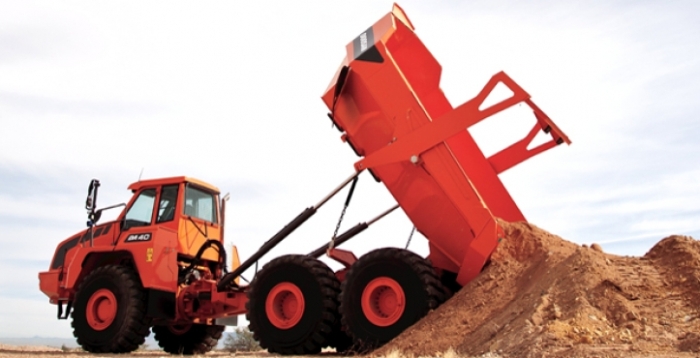Every job, machine and application is different – but there are a few worldwide things you can do with every piece of equipment to make its operation more handy and cost effective. Here are 8 tips that can have a direct effect on your account.
- Control idle times:
Contractors can save a considerable amount of money in fuel costs and long-term engine expenses by merely reducing engine idling. Excessive idling is a drain on fuel and adds needless/non-productive hours to the engine, cutting its life and wasting the machine’s warranty. - Properly exploit/deploy fleet:
For larger fleets, it may be easy to “lose track” of a machine. There may be a backhoe sitting idle at Jobsite 1. Jobsite 2 may have a need for a backhoe, but is oblivious that one sits idle at another jobsite. This can help you better deploy equipment and cut pointless equipment rental/purchases when you think you are in need of another machine but in fact have the assets sitting somewhere else, ready to go. - Working features/services into purchase:
Cautiously weigh first purchase/package prices vs. the cost it may take to add that feature at a later date. Also significant to note: factory fit features usually present/equate to factory quality and warranty. - Planned maintenance contract:
A planned maintenance contract, can save contractors a significant amount in time and cost savings. All a contractor worries about is fueling and greasing the machine for the first 3,000 hours. The dealer carries out all other preventive maintenance activities. - Machine control:
Machine control can seem frightening at first, but it presents an affluence of rewards for contractors large and small. Machine control lowers owning and operating costs in a number of ways: greater quality and productivity (doing the job right the first time), more precisely calculated material costs, permits for less wear and tear on equipment, cuts the training window for new operators, and slash on time and manual labor for associated activities, such as re-staking a site. - Remanufactured parts:
The practice of OEMs remanufacturing parts has grown significantly in current years, and has changed to take in thousands of parts and components in stock that can be shipped to equipment dealers upon request. This can be a important benefit for fleet managers as they race against the clock to get equipment back up and running. That’s the first benefit: Rather than having a machine “down” while a major component is rebuilt, or having to rent a replacement machine in its place, the customer can buy a remanufactured part and have it installed right away upon receipt. Remanufactured parts come ready to install and can considerably lower downtime and repair costs.
Another benefit of a remanufactured part is purchase price. Depending on the part and the machine, a remanufactured part can cost up to 40 percent less than a similar new part – all without forfeiting quality. Remanufactured parts can also feature warranties that are better than what a rebuilt part can provide, and may meet or surpass other OEM warranties. This provides fleet managers with peace of mind and protection against added costs during the life of the warranty.
- Operator practices:
Operators can be trained in a number of ways to help decrease equipment expenses plus ways to decrease idle time, operating the machine in a mode that puts the slightest amount of wear and stress on an undercarriage, and proper use of machine controls and functions to optimize fuel efficiency. Recognizing and limiting “rowdy” or unsafe driving practices is also significant to decrease probable damage to the machine and the jobsite. - Outfit machines to handle all applications it may meet:
Whether it’s an attachment you usually use or a machine feature that gives you a little extra lift or digging power, don’t leave your machine undermanned for the work ahead. Fully comprehend the scale of your work, and estimated work, so that you’re not renting or purchasing additional equipment to reimburse.

